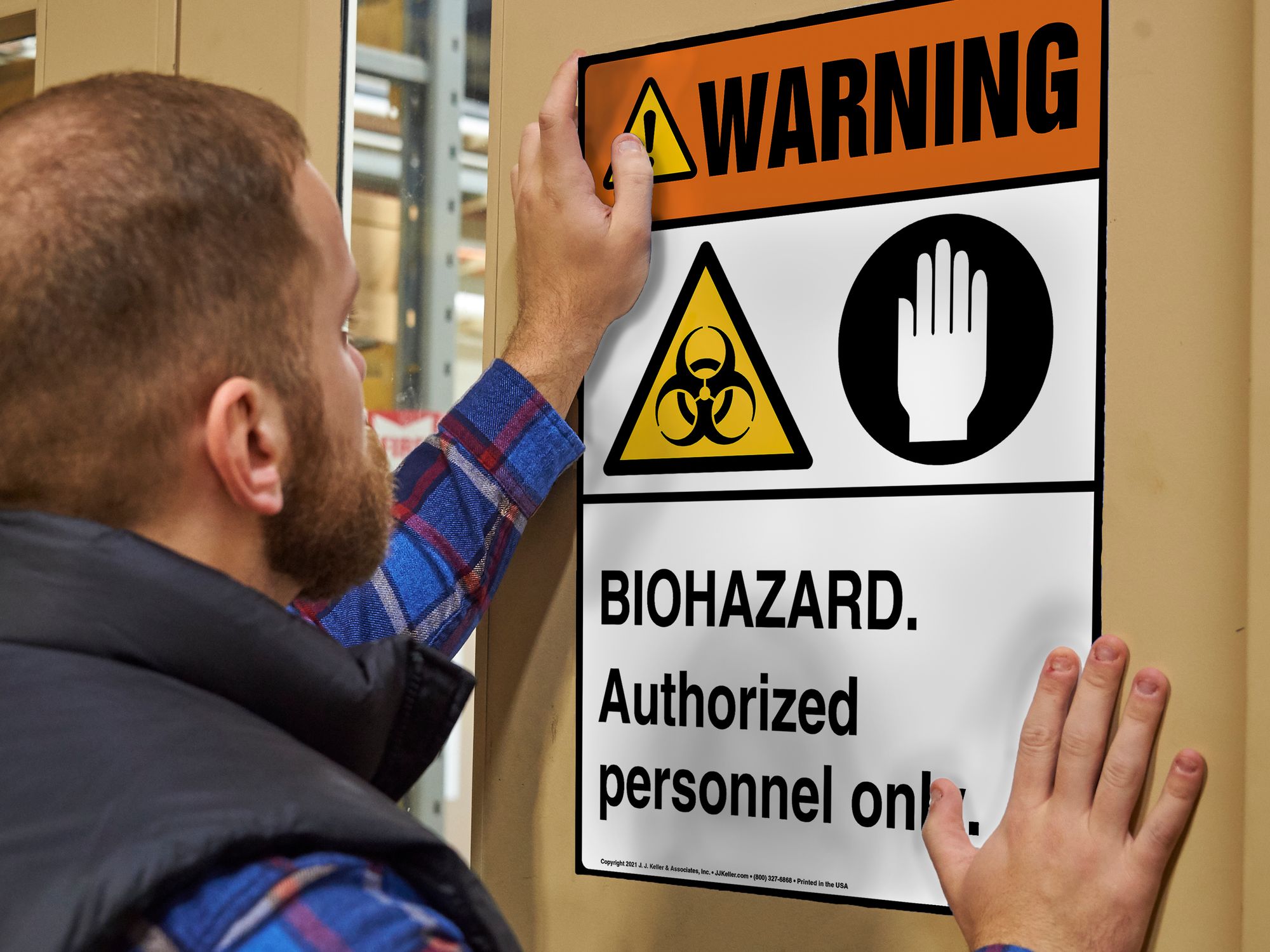Methods of controlling exposure to bloodborne pathogens

- Two main methods are used to control HBV and HIV transmission — engineering controls and work practice controls.
Engineering and work practice controls are the primary methods used to control the transmission of hepatitis B virus (HBV) and human immunodeficiency virus (HIV). As much as feasible, the employer must institute these engineering and work practice controls to eliminate or minimize employee exposure to bloodborne pathogens.
Engineering controls reduce employee exposure to bloodborne pathogens by either removing the hazard or isolating the employee from exposure. Examples include devices to minimize the risk of needlesticks, containers to safely contain contaminated waste, and handwashing and eyewash facilities.
Work practice controls reduce the possibility of exposure by changing the way tasks are performed. These include appropriate practices for handling and disposing of contaminated sharps and other regulated waste, handling specimens, handling laundry, and cleaning contaminated surfaces and items.
Other methods to control exposure to bloodborne pathogens include:
- The use of personal protective equipment (PPE); and
- Warning employees of bloodborne pathogen hazards through symbols, labels, signs, and/or color codes.
